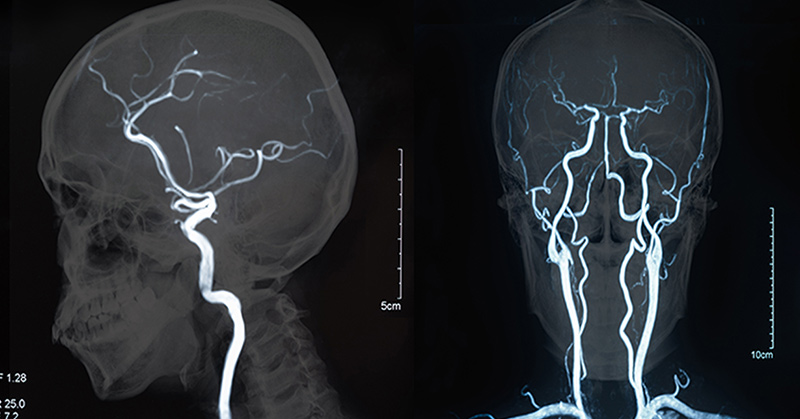Strokes are highly prevalent; in fact, someone has a stroke every 40 seconds (1)! Furthermore, every four minutes someone dies of a stroke, and more than 795,000 people per year will have a stroke(1), the statistics are staggering. The prevalence of stroke, combined with the debilitating and life-altering effects such as paralysis, vision problems, memory loss, speech impairment, and behavioral issues, positions strokes as a leading health concern in the United States.
Risk of stroke does increase with age, but it can and does occur at any age
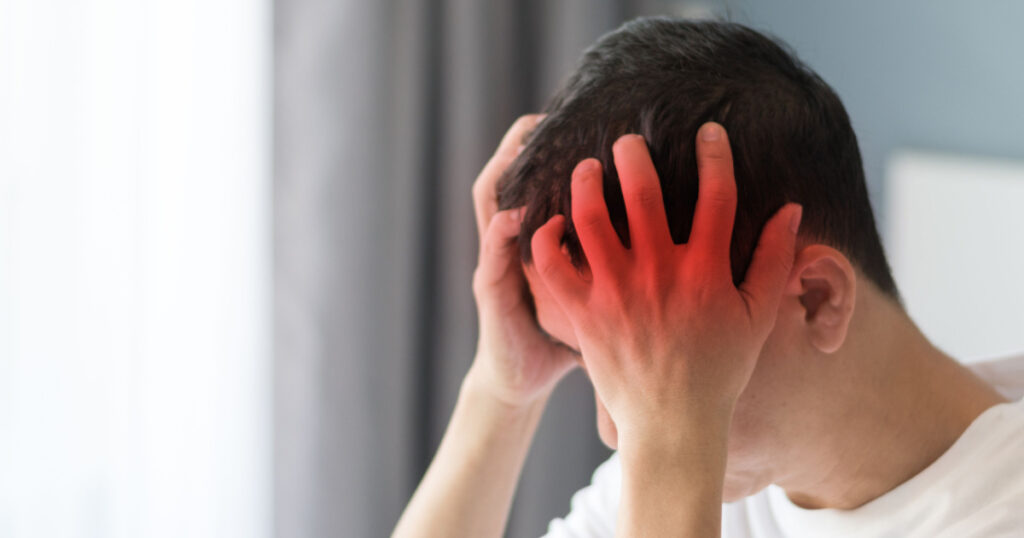
Young people, those under the age of 45, may be prone to dismissing themselves as stroke candidates due to a lack of knowledge and awareness. Because a swift response to stroke is so vital, it is necessary for people of all ages to recognize the symptoms of stroke. Failure to recognize that you or a loved one are at risk of stroke, can dramatically reduce the likelihood of survival and increase the likelihood of devastating effects. A person is never too young to recognize the symptoms of stroke, it can be the difference between life and death.
Read More: How To Prevent A Stroke Before It’s Too Late
National Survey: Young People Disregard Symptoms of Stroke
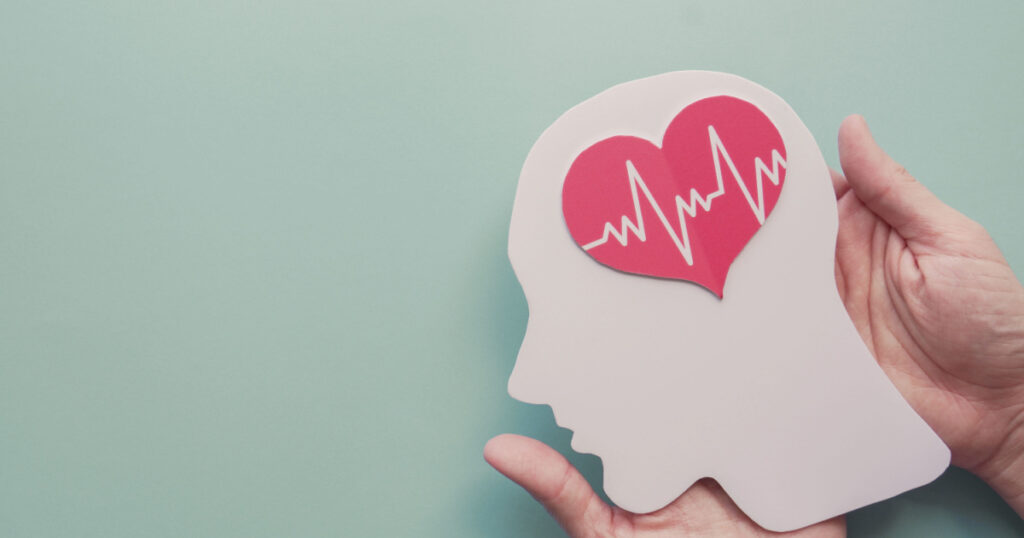
A national survey conducted by the Ronald Reagan UCLA Medical Center indicates that younger patients, generally under the age of 45, are likely to downplay the severity of stroke symptoms and delay seeking medical attention. These findings are especially concerning because a quick response can make the difference between surviving a stroke or not.
The Real Problem
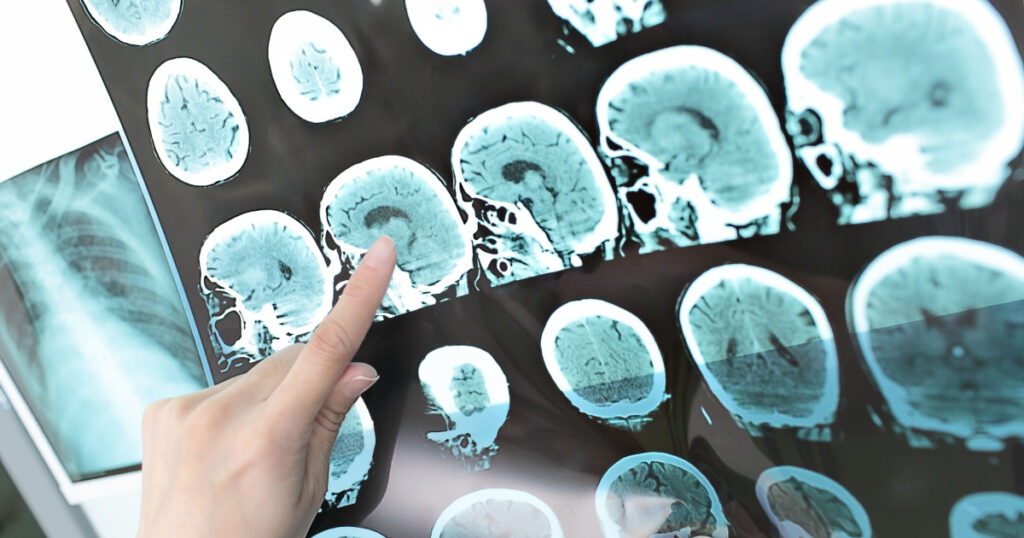
David Liebeskind, MD, Professor of Neurology Director of Outpatient Stroke and Neurovascular Programs, and Director of the Neurovascular Imaging Research Core at Ronald Reagan UCLA Medical Center says of the findings “That’s a real problem. (2)” Liebeskind further explains the implications of seeking immediate attention following stroke symptoms, saying, “timely treatment for stroke is probably more important than for almost any other medical problem there is. (2)” In the survey conducted by the Ronald Reagan UCLA Medical Center, over 1000 participants were asked what they would likely do within the first three hours of experiencing weakness, numbness, difficulty speaking or difficulty seeing, all common stroke symptoms. Of participants under age 45, only about one in three said they would be very likely to go to the hospital. A startling 73% said they would likely wait to see if symptoms improved.
The Golden Window To Treat Symptoms Of Stroke
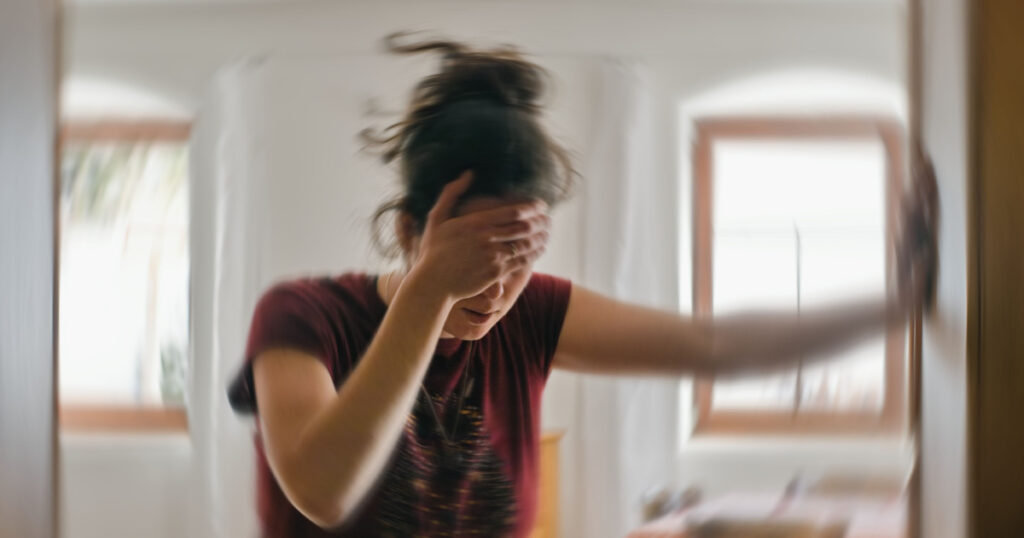
The first three hours following the first symptoms of a stroke are referred to as the “golden window”. Receiving treatment in this time frame is necessary to restore blood flow to the brain and minimize damage. The longer a stroke patient goes without receiving medical attention, the greater is the likelihood of experiencing devastating consequences. Young people are prone to disregarding symptoms of stroke, leaving themselves at risk of catastrophic consequences. Each minute following a stroke carries significant importance for receiving treatment. Young people are not excluded as stroke candidates, learning the symptoms presents there best chance of avoiding stroke effects.
Read More: Eating chilies cuts risk of death from heart attack and stroke, study says
27-Year-Old Woman Dismisses Symptoms Of Stroke
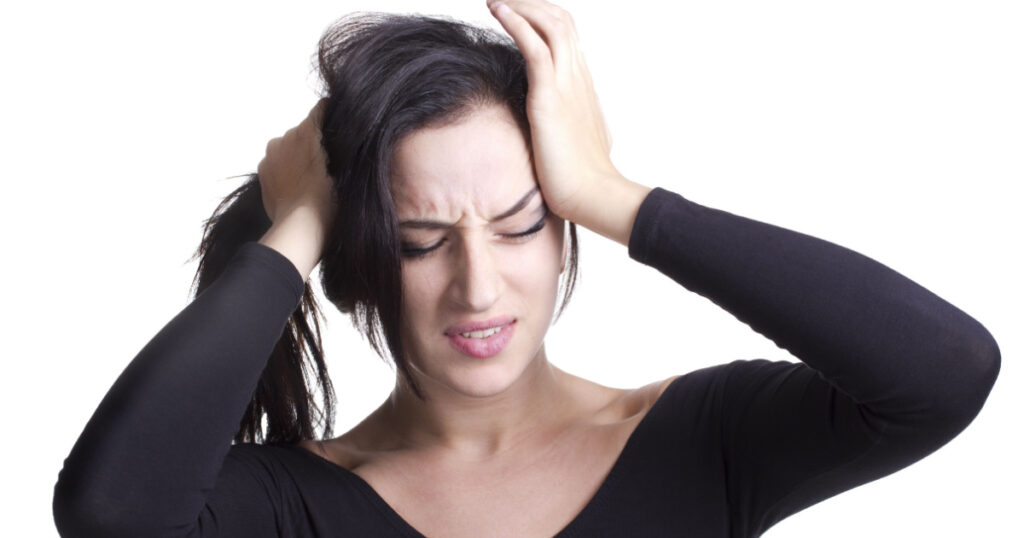
Results of the survey suggest that young people under 45 are not treating stroke symptoms with the required urgency. Such was the case with Jennifer Reilly, a 27-year-old patient at the Ronald Reagan UCLA Medical Center. In 2007, Reilly had awoken in the middle of the night with an excruciating headache. Reilly, who considered herself active, healthy, and was not prone to headaches, thought this to be an odd occurrence. Reilly went to work that day, and after telling her story to a co-worker was prompted to go directly to the hospital.
Reilly adhered to her co-worker’s advice
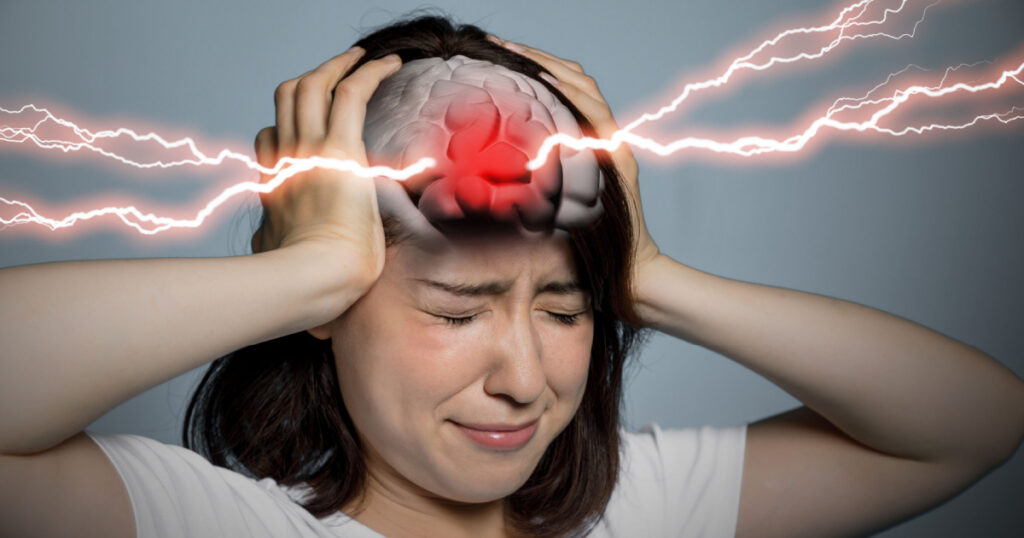
Upon doing so, was told by Dr. Liebeskind that she indeed had suffered a stroke. Reilly, was skeptical of the diagnosis, saying, “I didn’t have any of what I thought were the classic symptoms of a stroke, nor did I fit the classic description of a stroke patient. I was 27 and healthy” (1). In the weeks leading up to the incident, Reilly indicates experiencing numbness periodically in one of her hands. “Half of my left hand would turn numb, from just one second to the next, but, once again, I brushed it off as if it was nothing” (2). It is not uncommon for stroke symptoms in women of Reilly’s age to be mishandled. Important for young people to know is that they are not immune to stroke and its effects.
Symptoms of Stroke
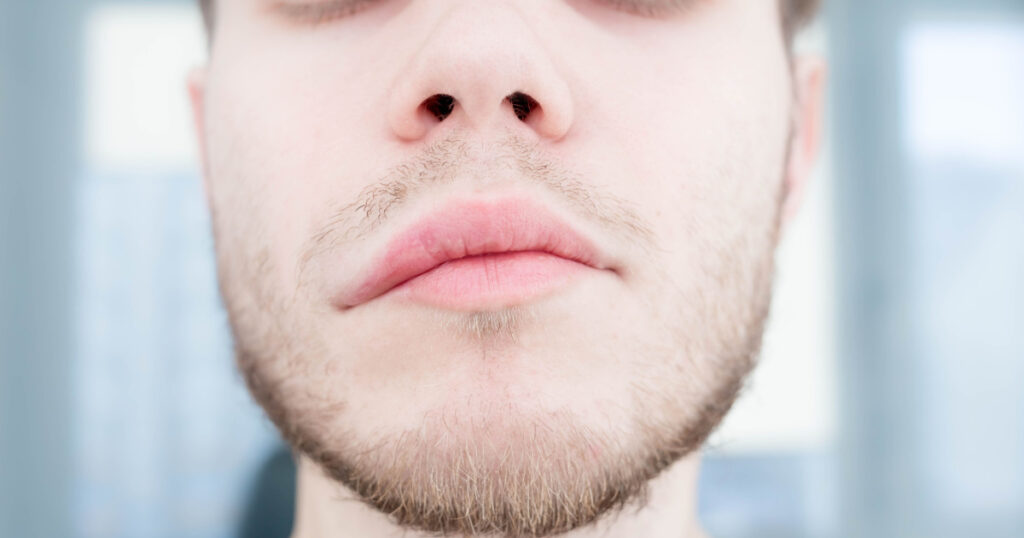
In the occurrence of a stroke, immediate action is vital. Prompt medical attention can help with recovery, limit damage, or save your life. Recognizing the symptoms of stroke can be invaluable to yourself, as well as others who may lack awareness. As strokes can occur in the young and senior years, recognizing the following symptoms is a must-know for all ages.
Read More: Her Stroke Was Misdiagnosed as Anxiety, and Now She’s Lost Sight in One Eye
What to look out for
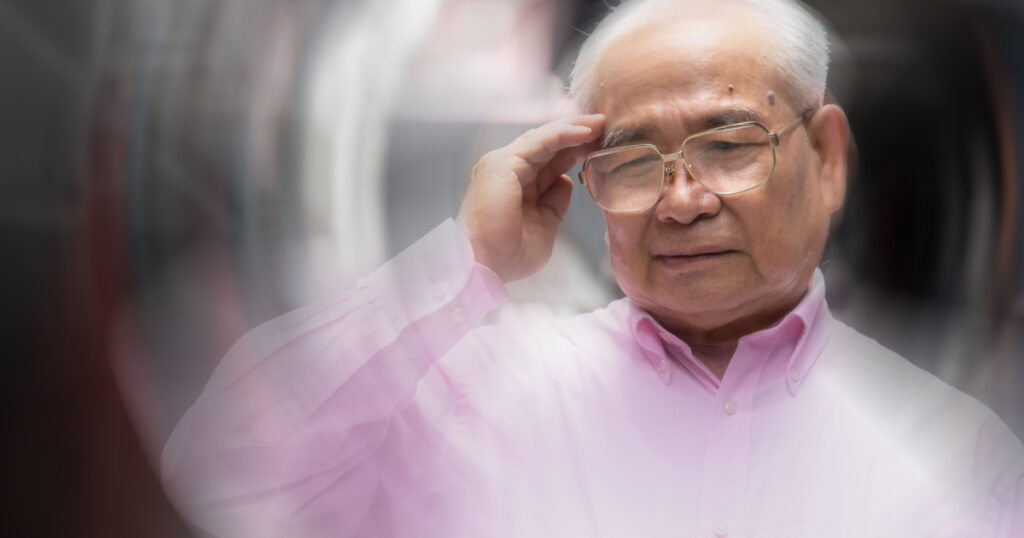
- Numbness (pins and needles) or weakness in the face, arm or leg, especially on one side of the body.
- Confusion or memory loss.
- Trouble speaking, slurred speech.
- Difficulty understanding speech.
- Trouble seeing in one or both eyes.
- Involuntary eye movements.
- Trouble walking, dizziness, loss of balance, or lack of coordination.
- Severe headache with no known cause.
- Difficulty swallowing.
- Loss of sensation in any part of the body.
- Muscle stiffness.
If you suspect someone may be having a stroke, think F.A.S.T. (2)
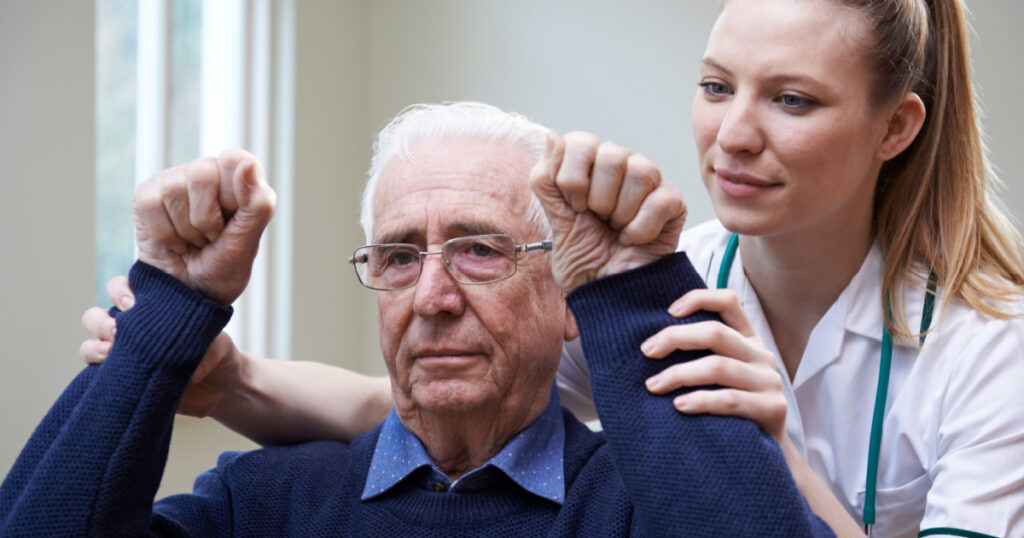
- F-Face: Ask the person to smile. Does one side of the face drop?
- A-Arms: Ask the person to raise both arms. Does one arm drift downward?
- S-Speech: Ask the person to repeat a simple phrase. Is the speech slurred or disoriented?
- T-Time: If you see any of these signs, call 9-1-1 immediately.
Stroke Prevention, Your Best Line of Defense
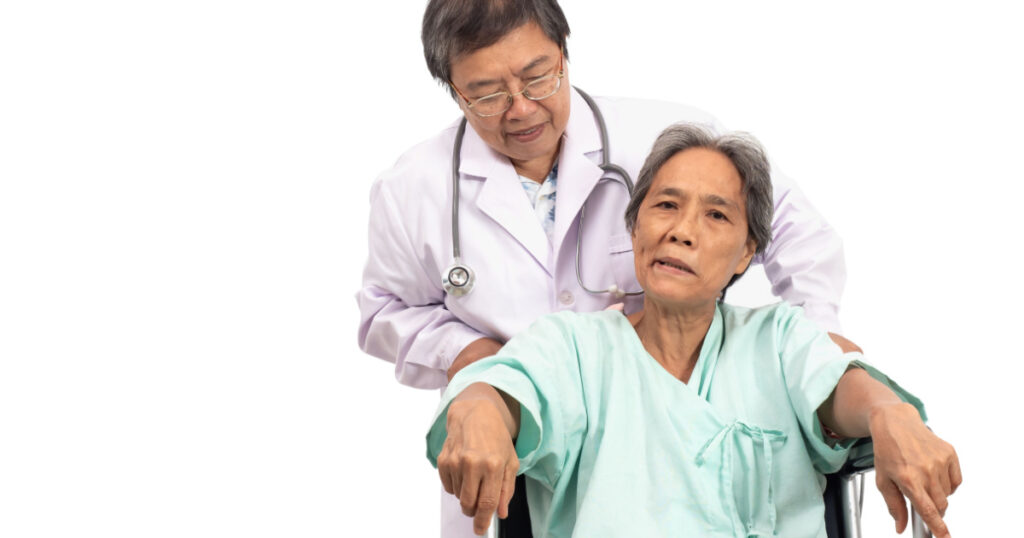
In the event of a stroke, a quick response is the best course of action. Remember, receiving medical attention within the first three hours is vital to restoring blood flow to the brain and limiting harm. While a prompt response to a stroke is the correct action, it does not guarantee you will suffer no harm. Given this fact, the best method of protecting your health is stroke prevention.
Addressing Stroke Causes
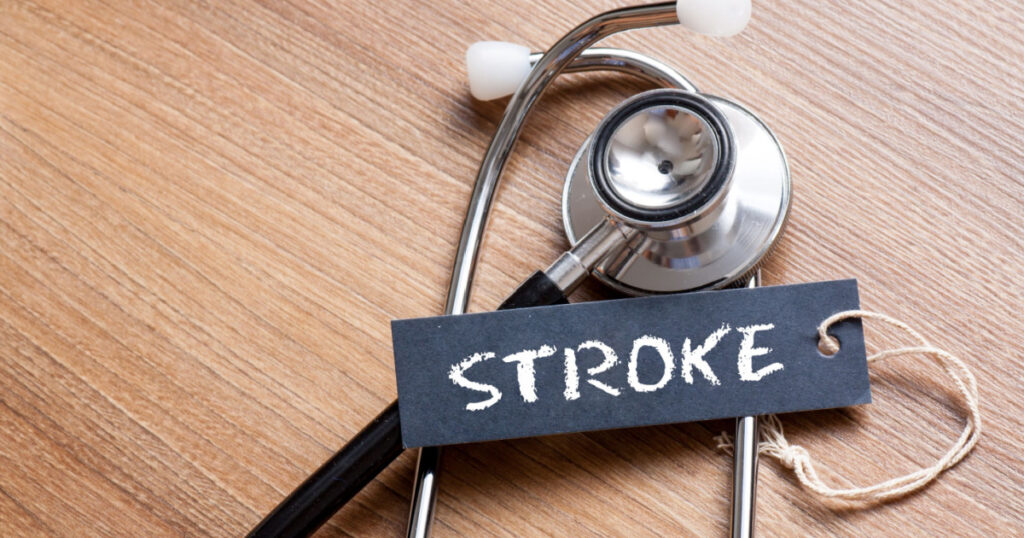
Strokes are not inevitable and there are ways to limit your risk of having one. To limit your risk of stroke, ensure you are practicing stroke prevention maintenance. Addressing these issues related to stroke causes will not only increase the likelihood of stroke prevention but will aid well in your overall health.
Stroke Prevention Maintainance Includes:

- regular exercise
- lowering blood pressure
- lowering cholesterol
- maintaining a healthy weight
- controlling alcohol consumption
- treating atrial fibrillation (irregular heartbeat)
- treating diabetes
- and quitting smoking (3).
Read More: 8 Signs of Strokes in Women: Why Women Have More Strokes
Sources
- https://www.cdc.gov/stroke/facts.htm
- https://www.uclahealth.org/survey-finds-most-young-people-experiencing-a-stroke-would-put-off-going-to-the-e-r
- https://www.health.harvard.edu/womens-health/8-things-you-can-do-to-prevent-a-stroke
- https://www.cdc.gov/stroke/signs_symptoms.htm
- https://www.medicinenet.com/11_signs_and_symptoms_of_stroke/article.htm#what_is_a_stroke
